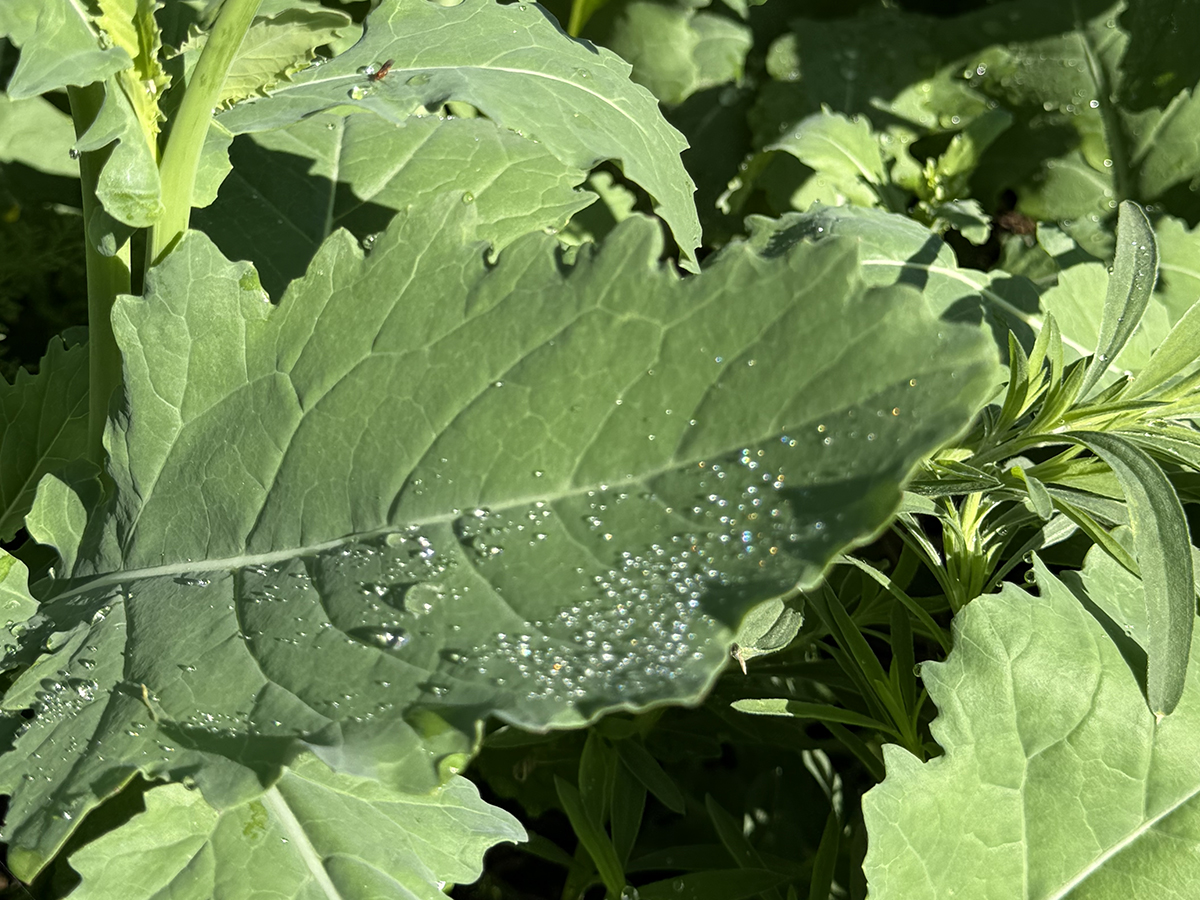In the next few articles, I figured I would lump together two different yet similar summer weather events, much like I did the last time we looked at severe summer weather — rainfall and humidity, or what is otherwise known as the humidex.
Humidity, by its simplest definition, is the amount of water vapour that is in the air.
The warmer the air, the greater the distance between air molecules and therefore, the greater the holding capacity of the air for water vapour. Due to this relationship, warm air has the capacity to hold much more water than cold air.
Read Also

Farmers asked to keep an eye out for space junk
Farmers and landowners east of Saskatoon are asked to watch for possible debris in their fields after the re-entry of a satellite in late September.
The most common way in which humidity is reported is relative humidity. Unfortunately, it is probably one of the most misunderstood terms used in trying to describe the weather.
Relative humidity is a ratio of the amount of water vapour that is in the air, compared to the maximum that it could hold under those same conditions, and is expressed as a percentage.
For example, if we had an air temperature of 10 C and had eight grams of water vapour per kilogram of air, our relative humidity would be 100 percent because air at 10 C can hold eight grams of water vapour.
Now, if this same air was warmed up to a temperature of 30 C and the amount of water vapour in the air didn’t change, the relative humidity would now be around 29 per cent because air at 30 C can hold 28 grams: (eight grams / 28 grams) *100 = 29 per cent.
When the air temperature was 10 C and the relative humidity was 100 per cent, people would say that it is humid out, but once the temperature has warmed up to 30 C and the relative humidity dropped to 29 per cent, people would say that it is very dry out. However, in reality, the amount of water vapour in the air has not changed; only the temperature has.
A better way to measure humidity is by using the dew point temperature, or simply the dew point. It is the temperature that we would have to cool the air down to for condensation (or dew) to begin forming.
In other words, it is the temperature that the air would have to be to give us 100 per cent relative humidity.
For example, if it is 18 C outside early in the morning and the dew point is 18 C, the relative humidity would be 100 per cent.
By the afternoon, as the air warms up, the dew point would still be around 18 C if no additional water vapour was added or removed from the air, but the relative humidity would now have dropped into the 50 per cent range.
The best way to look at humidity and determine how humid it is outside is as follows:
- Less than 10 C dew point, the atmosphere is fairly dry.
- 10-15 C range is comfortable.
- 15-20 C range is humid, can feel uncomfortable.
- 20-25 C is getting very humid, feels very uncomfortable.
- More than25 C, extremely humid, feels very uncomfortable and can even be dangerous.
Going back to relative humidity to pound home the difference between this and the dew point, if the dew point is 25 C, we know it is very humid out, no matter what the temperature is. However, if the temperature is 35 C, the relative humidity would only be around 55 per cent, and I could guarantee that at least one person would be saying that it’s not that humid out.


















